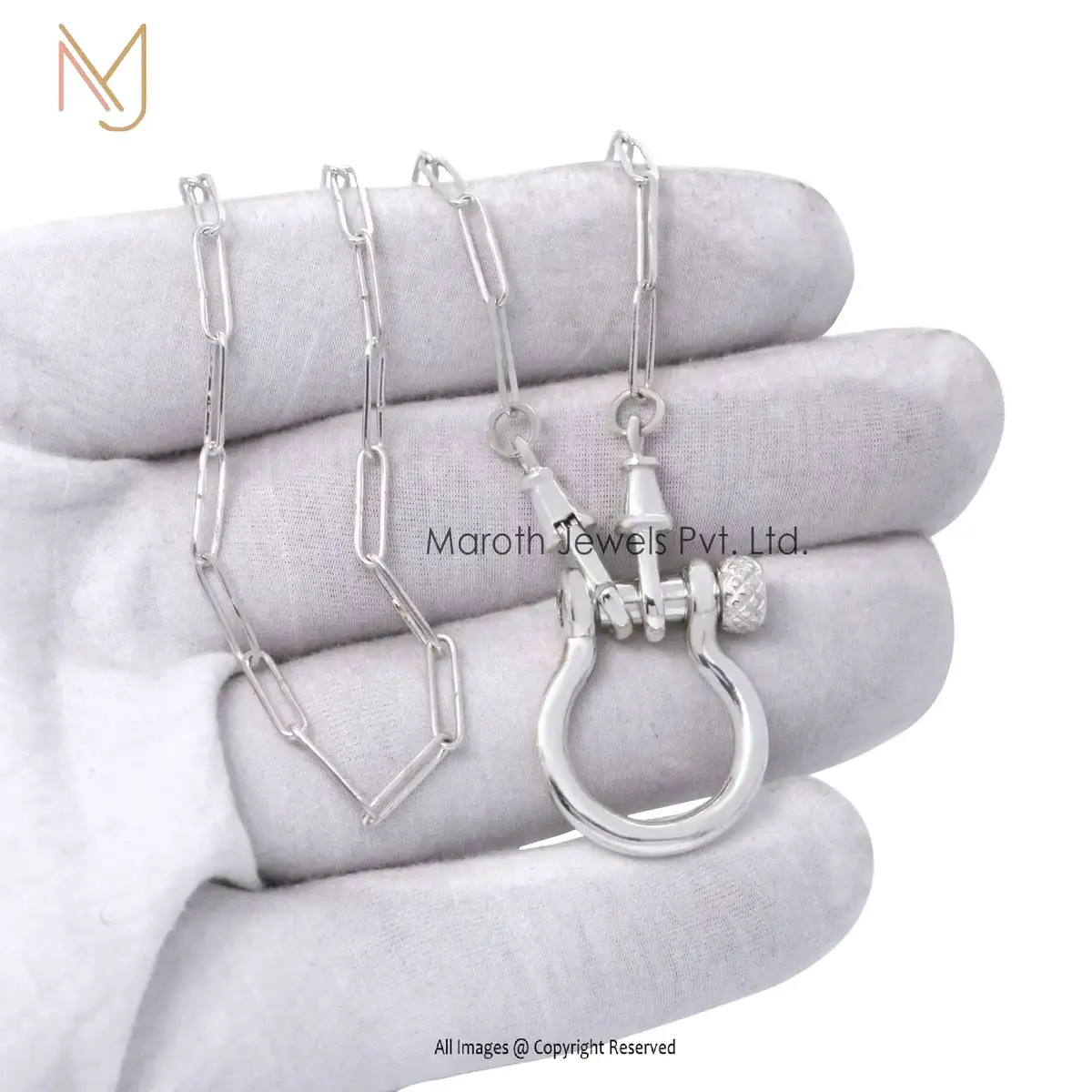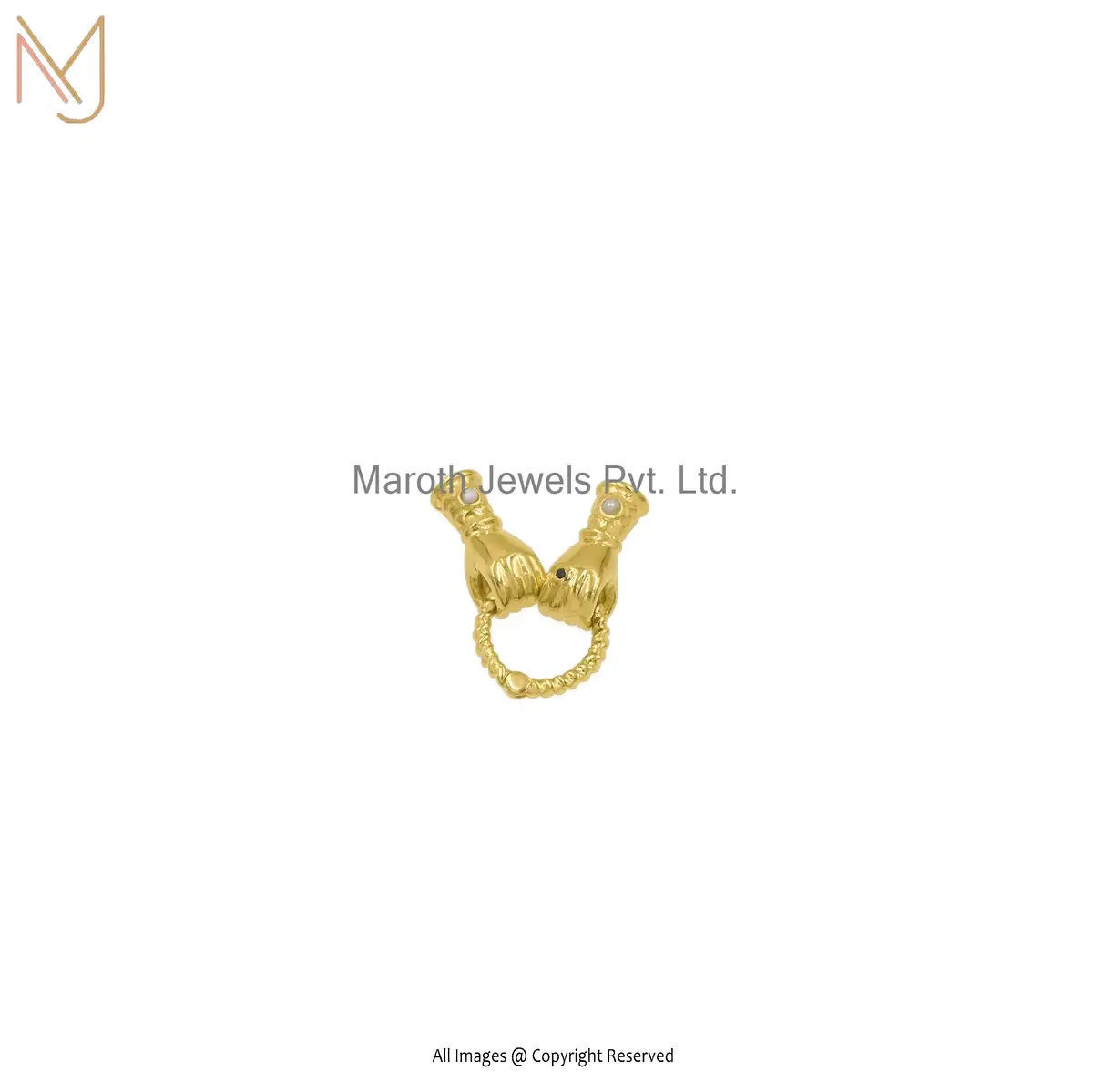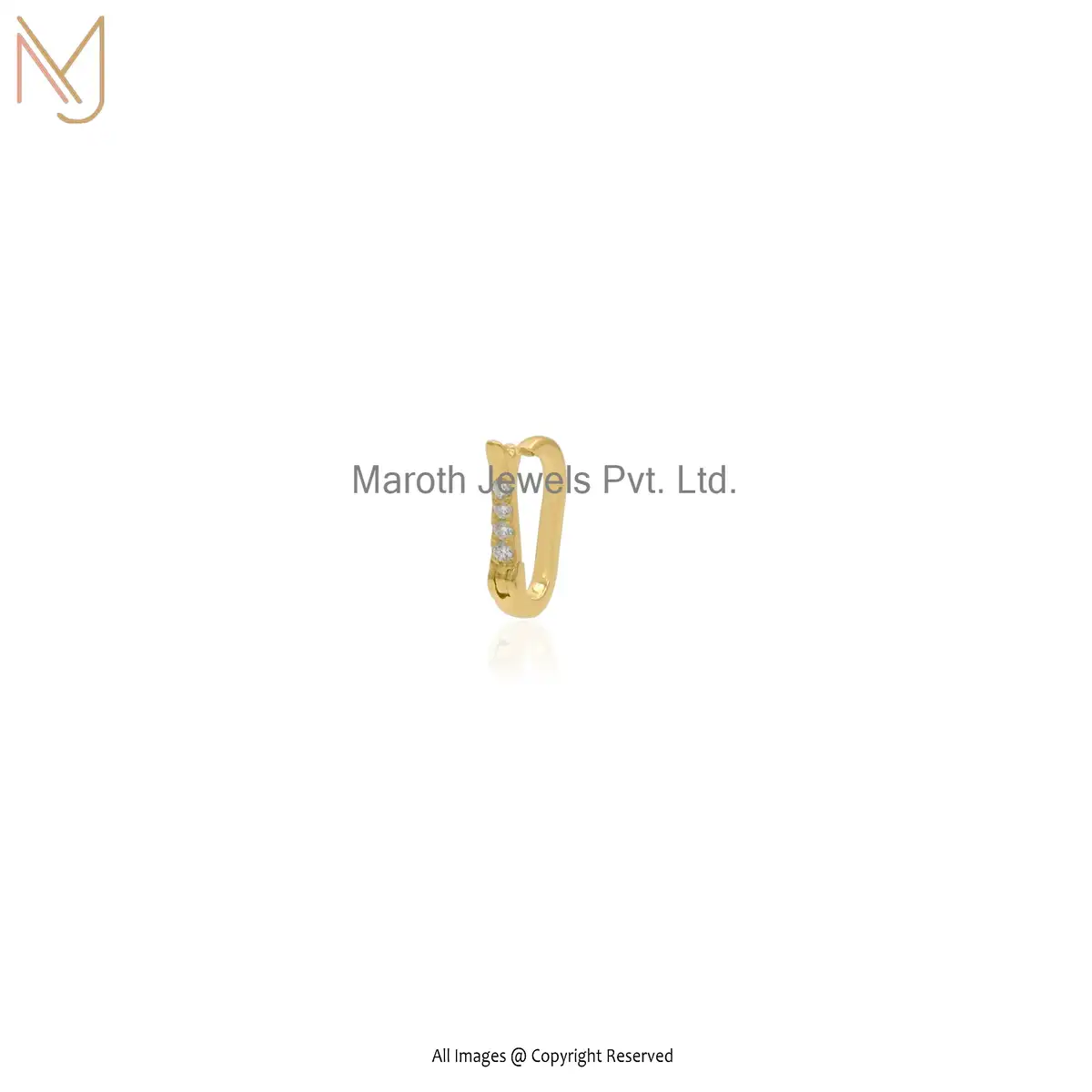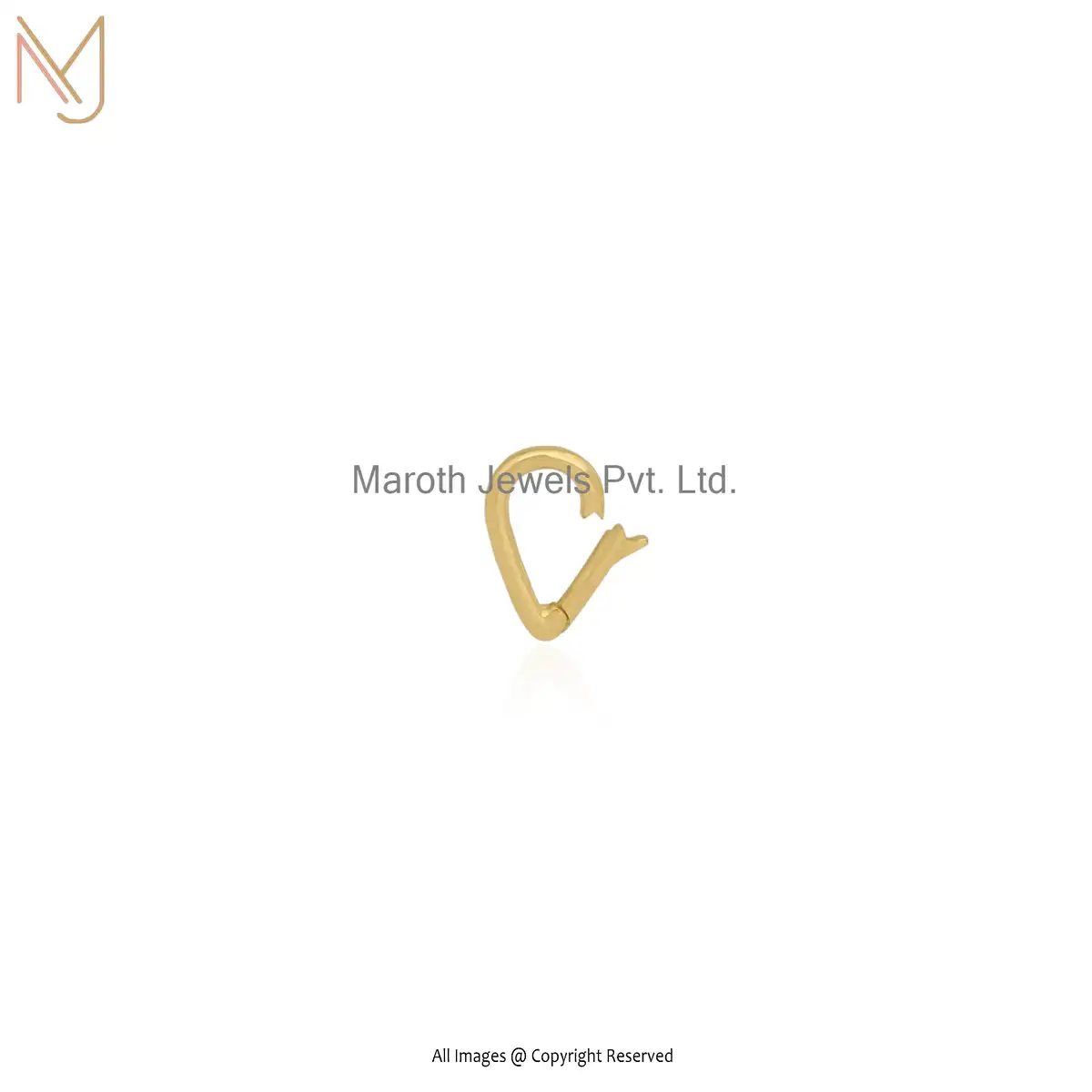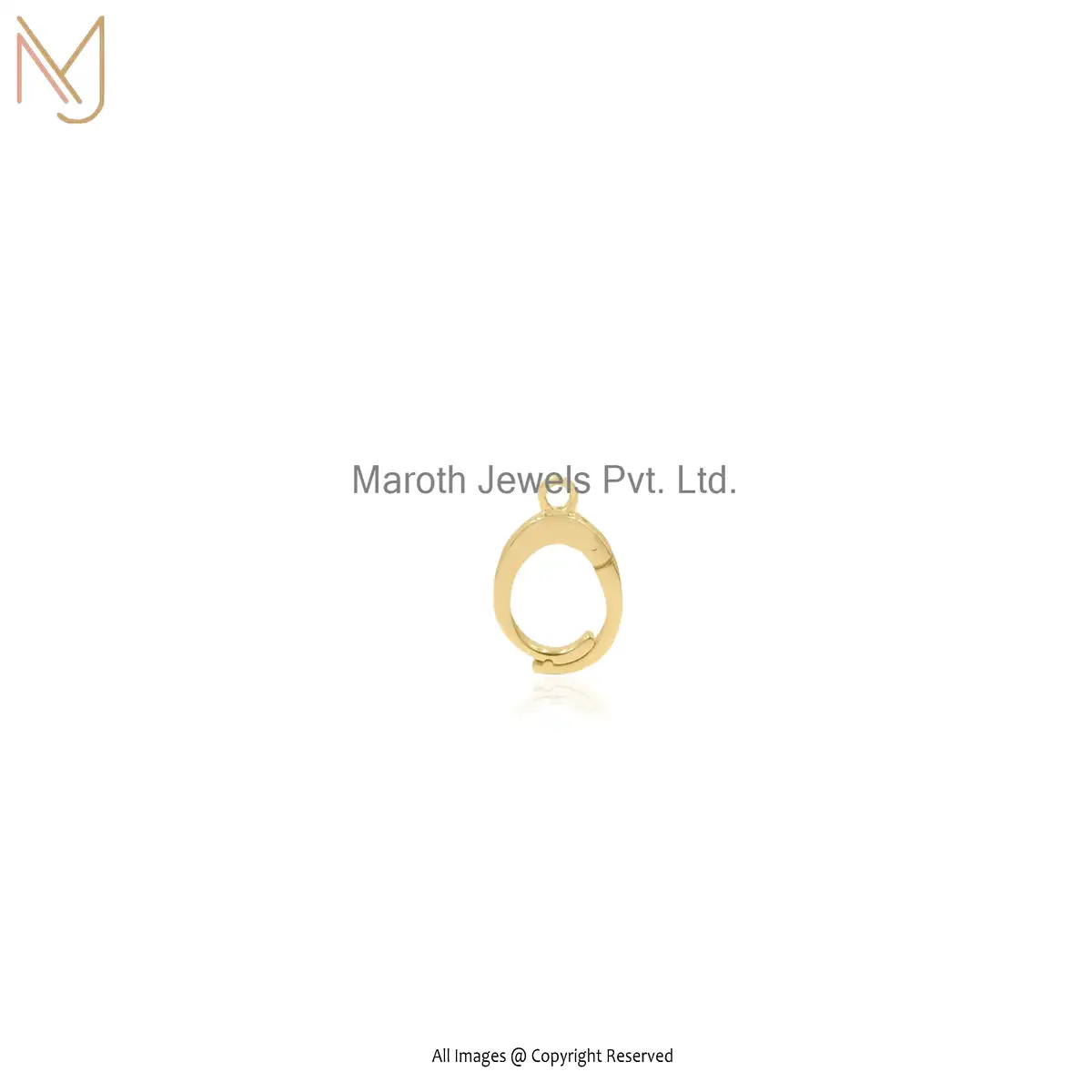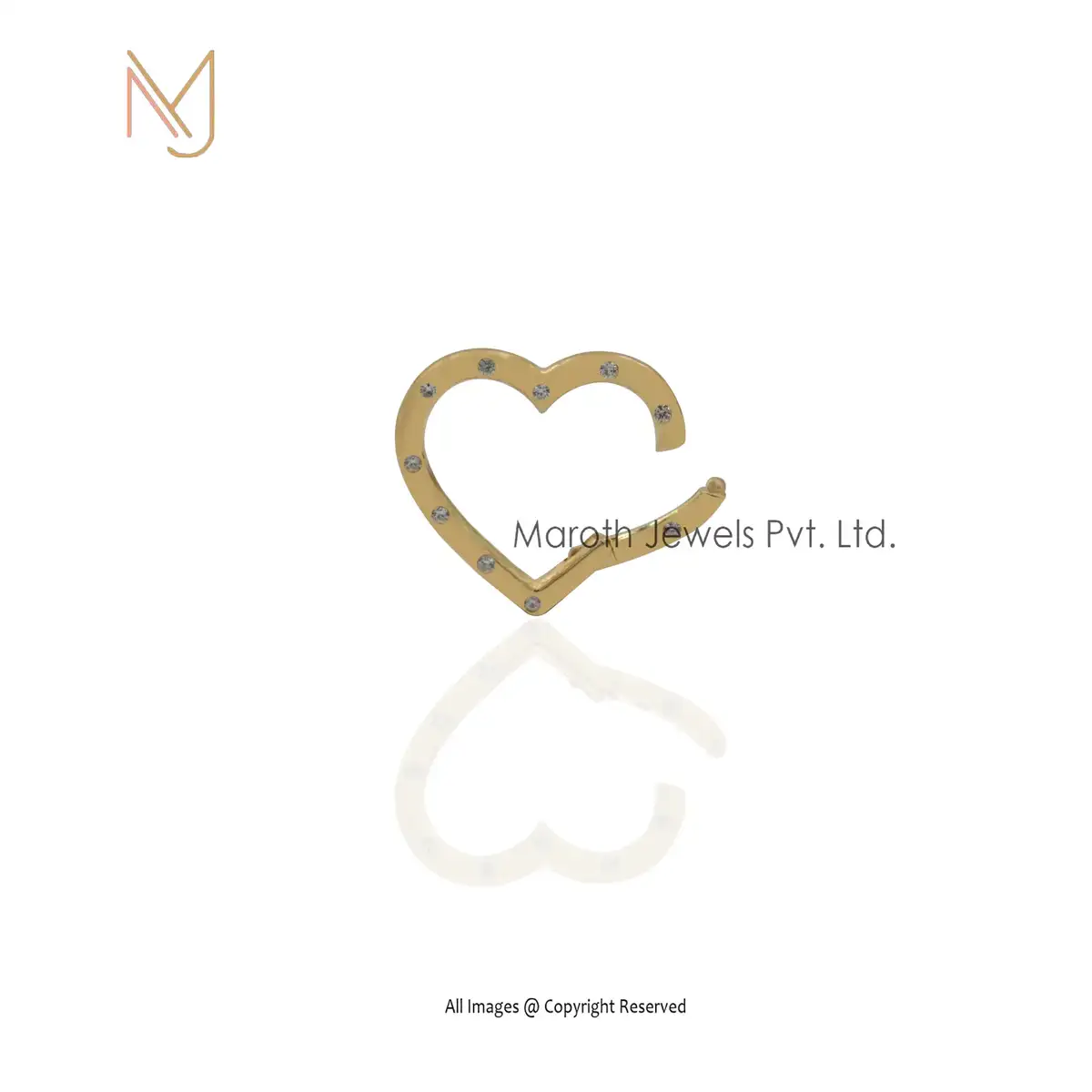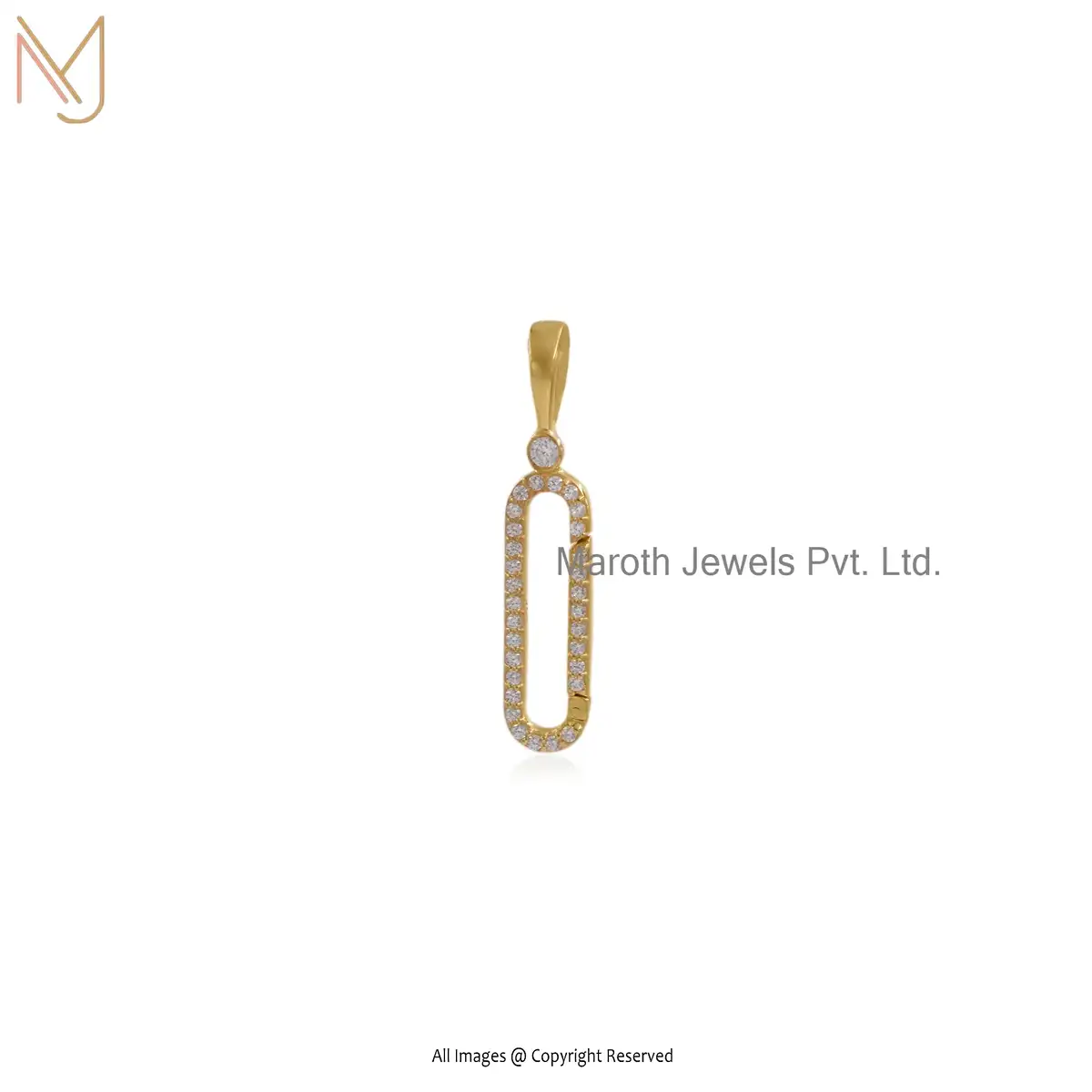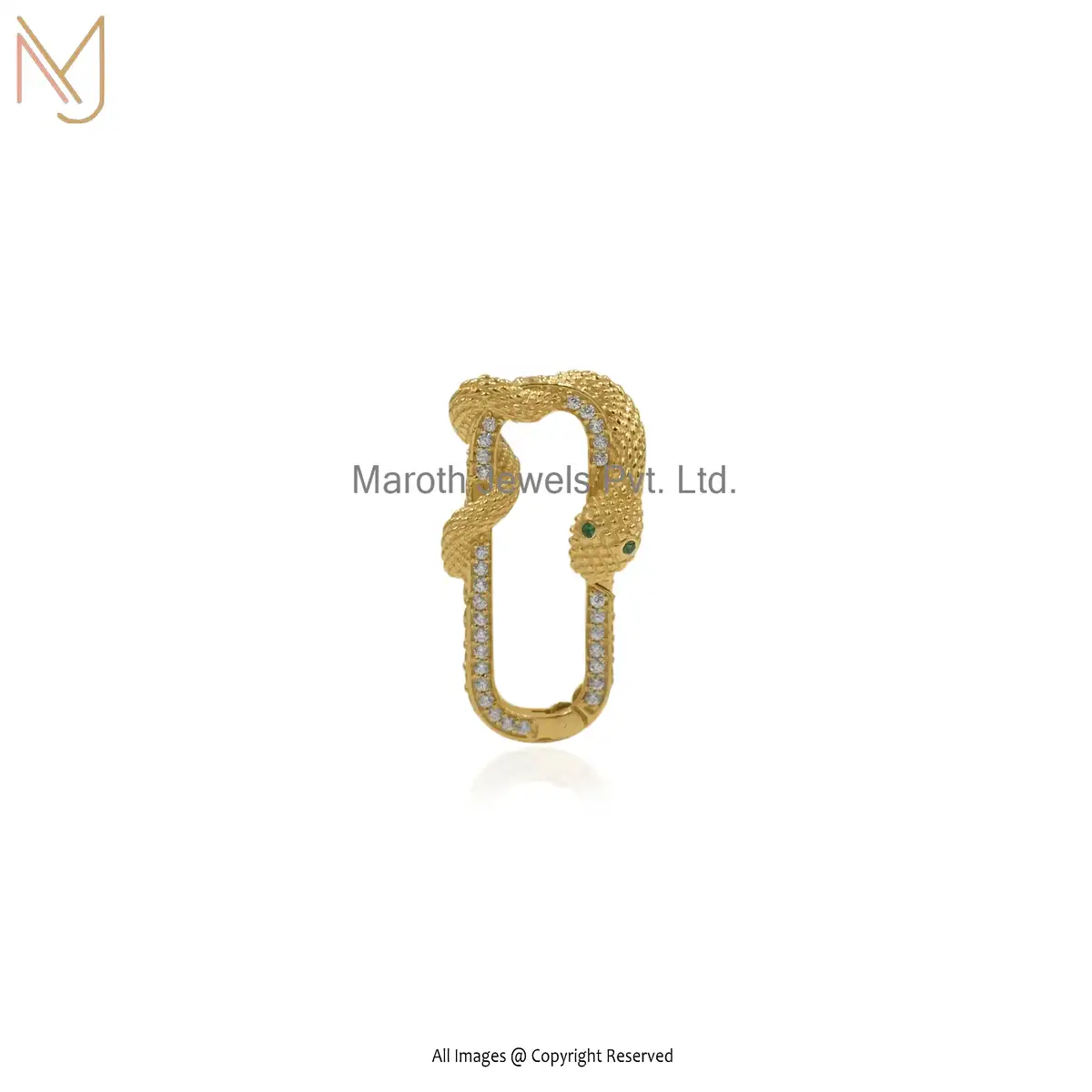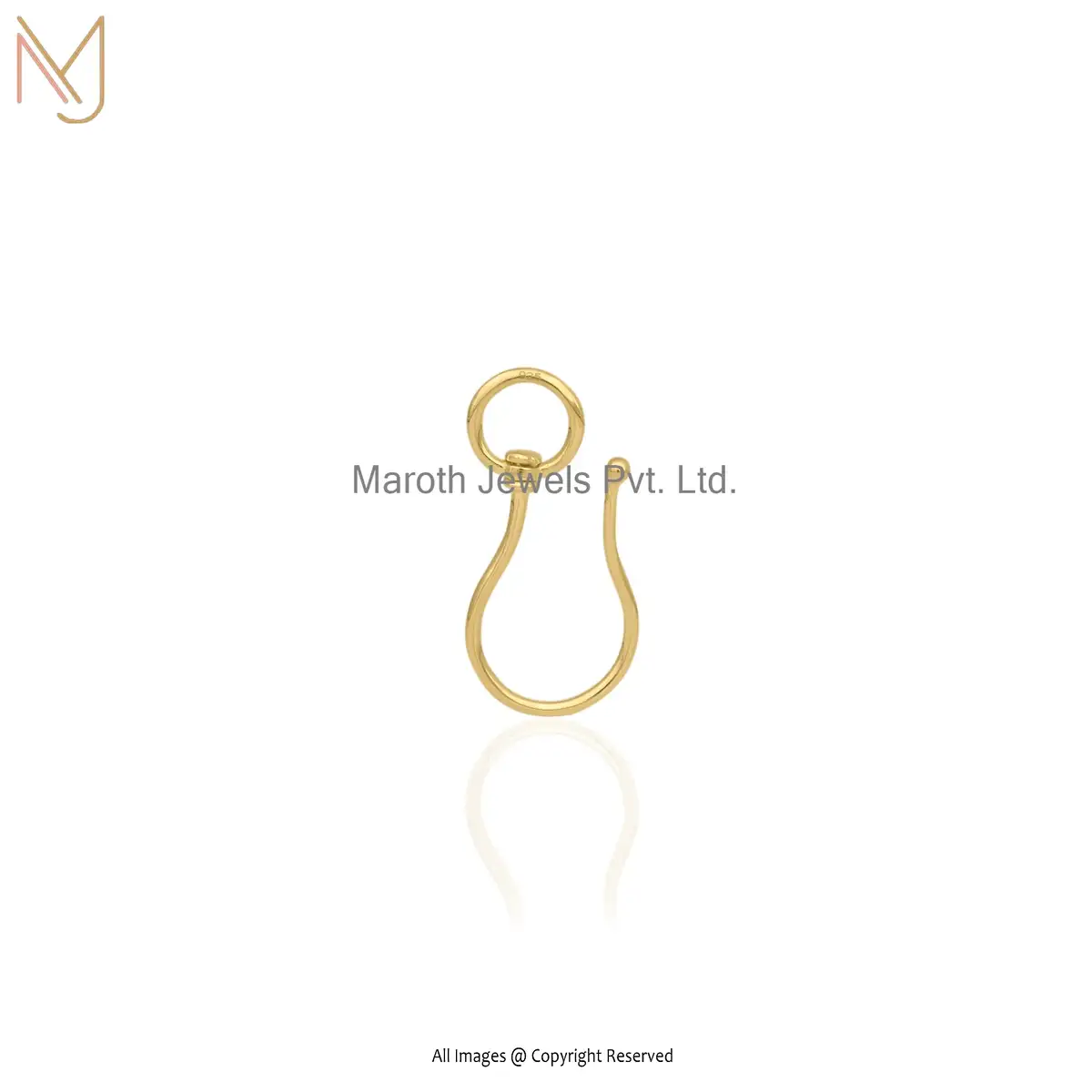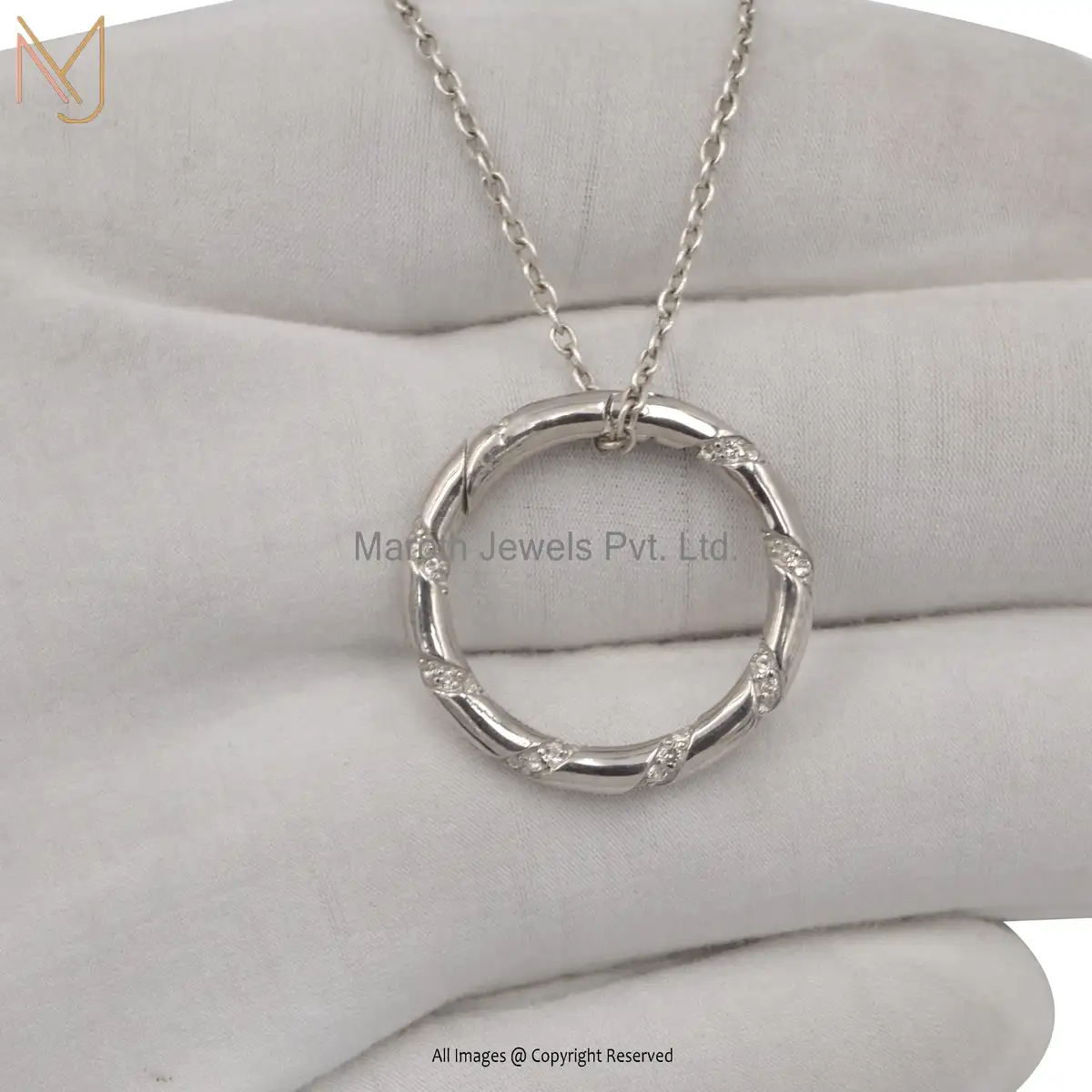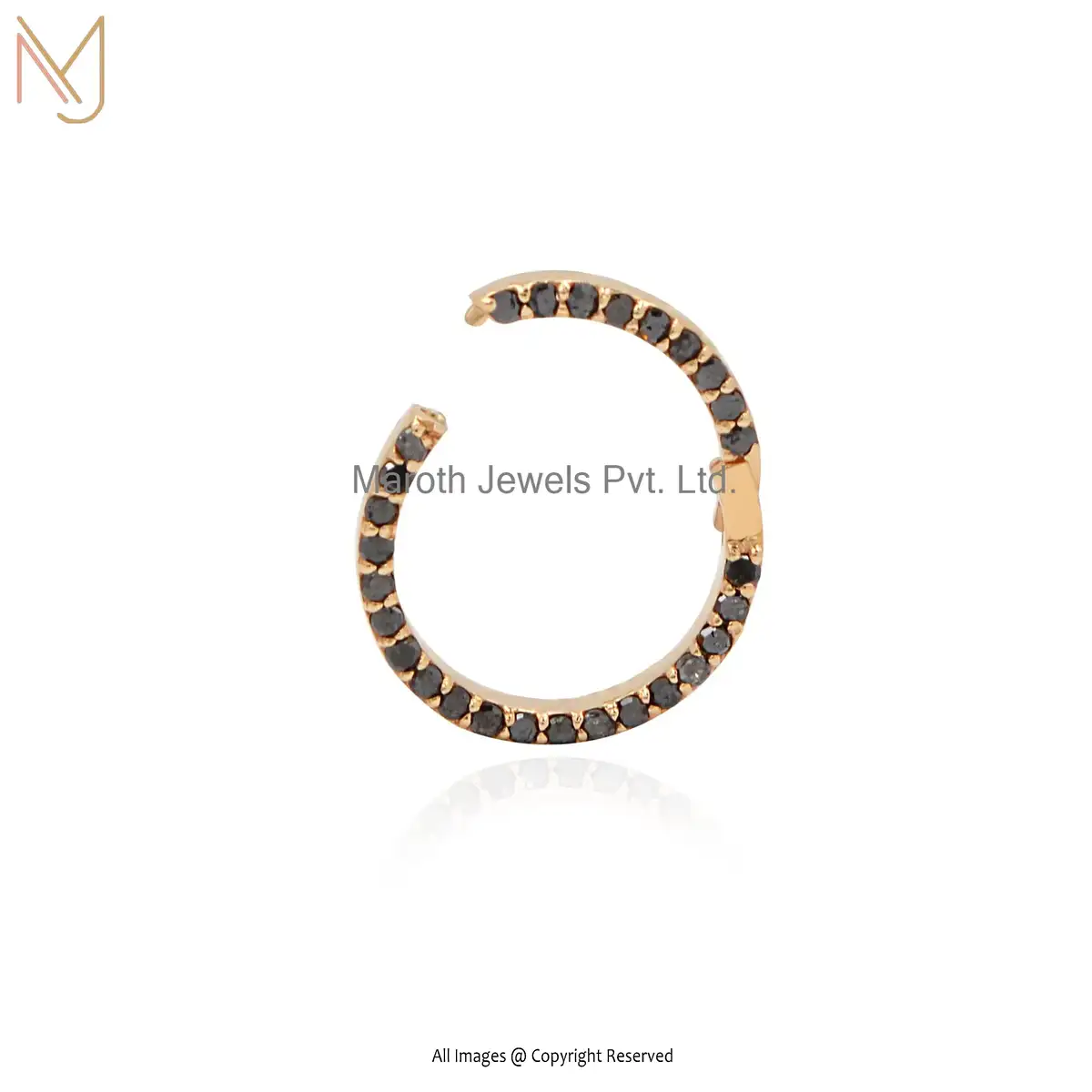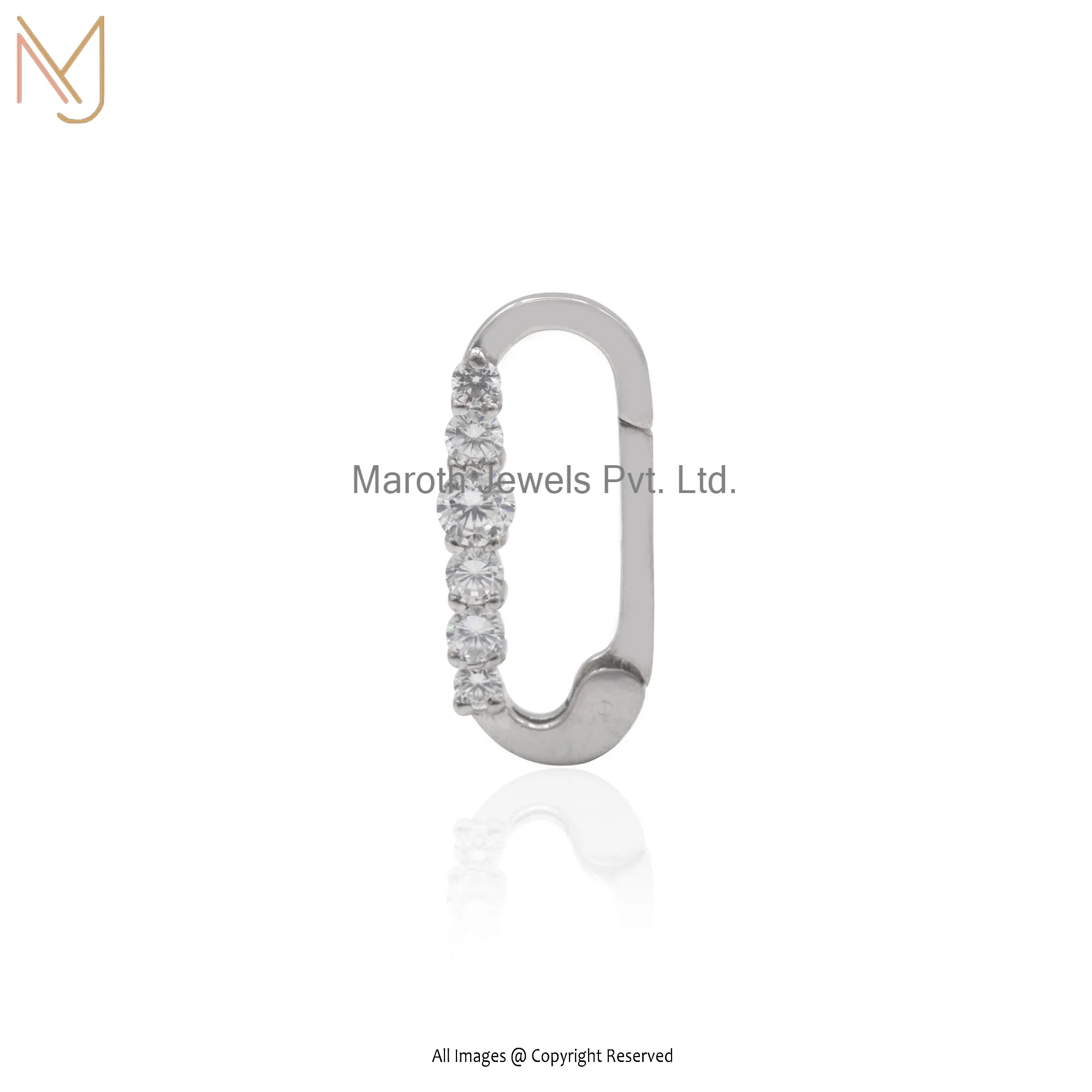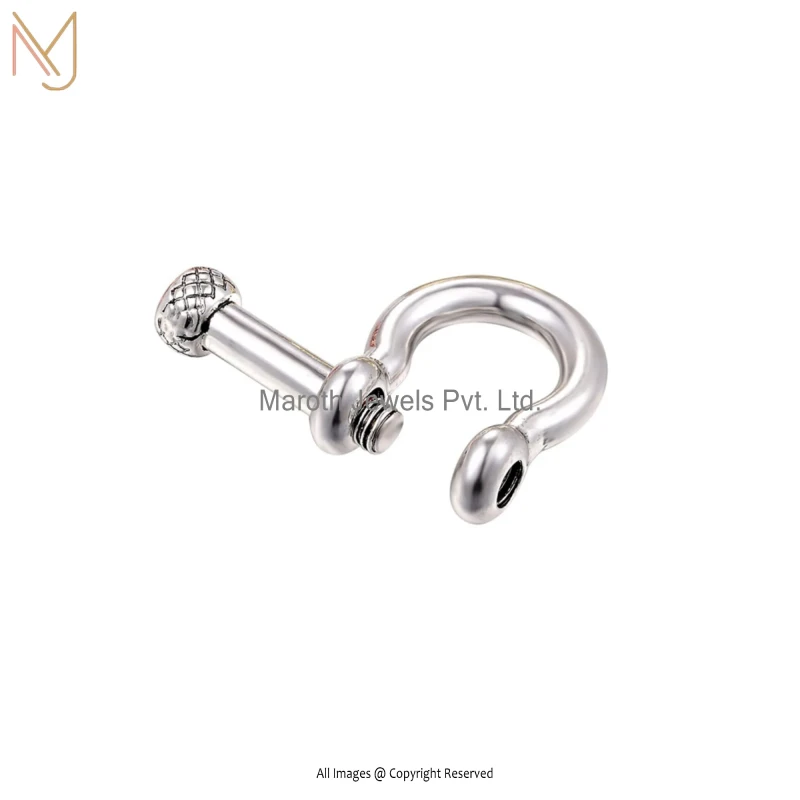How Much is a Small 14k Gold Bracelet Worth?
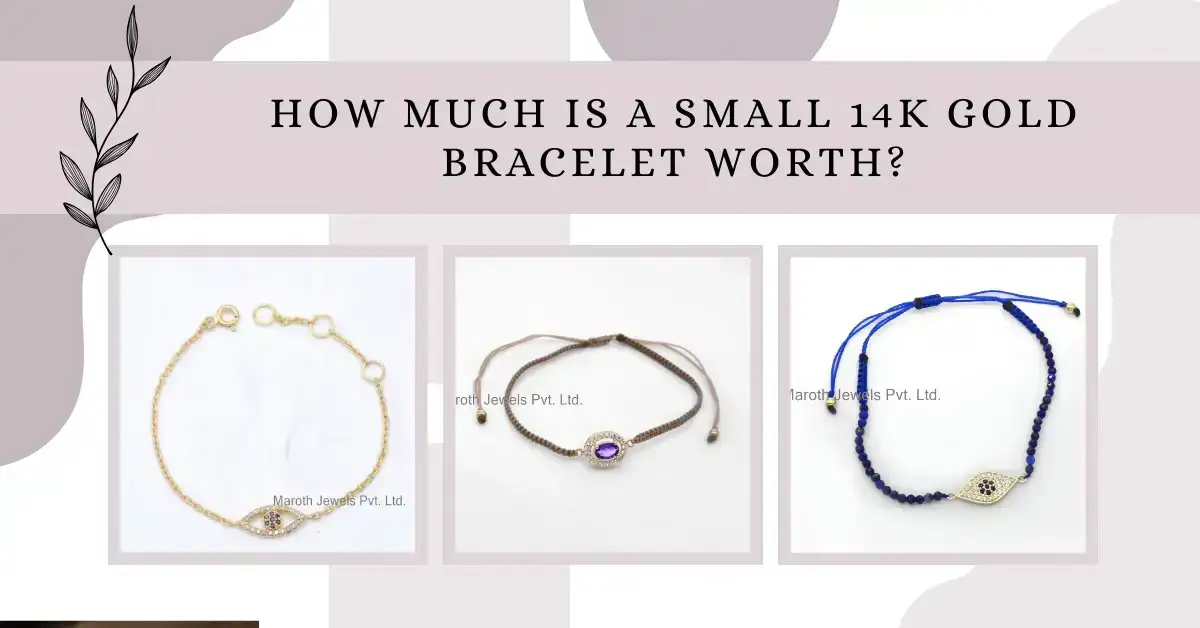
How Much is a Small 14k Gold Bracelet Worth?
How much does a small 14K gold bracelet cost? Gold bracelet worth can vary based on many things. Do you want to know? In this blog, we will look at the same thing. Read till the end and find out more.
Understanding 14k Gold
14k gold is an alloy. It contains 58.3% pure gold. The rest is other metals. This makes it more durable than pure gold. Pure gold is 24k. It is too soft for jewelry. Mixing it with other metals makes it harder.
Determining Gold Content
You need to know the gold content. 14k means 14 parts out of 24 are gold. This is 58.3% pure gold. The rest is other metals. These metals add strength. They also affect the color. Your bracelet could be yellow, white, or rose gold.
#1. Weighing Your Bracelet
Weight is a crucial factor. I recommend using a jewelry scale. It measures in grams. A small bracelet typically weighs between 3 to 10 grams. Note the weight. You will need it for calculations.
VISIT FOR :: Custom Jewelry
#2. Checking the Current Market Price
Gold prices fluctuate daily. Check the current price of gold. You can find it online. It is usually listed per ounce or gram. Use this price for your calculations. Remember, the market price affects your bracelet's value.
#3. Calculating the Gold Value
Now, you can calculate the gold value. Multiply the weight of your bracelet by the gold content. For 14k gold, use 58.3%. Multiply this by the current market price of gold per gram. This gives you the value of the gold in your bracelet.
#4. Considering Brand and Craftsmanship
The brand can affect the value. Some brands are more prestigious. They command higher prices. Check if your bracelet is from a well-known brand. Look for hallmarks or stamps. These indicate the maker. Craftsmanship also matters. Well-crafted pieces are more valuable. Examine the details. High-quality work adds to the value.
#5. Evaluating the Condition
Condition is important. A pristine bracelet has a higher value. Regular cleaning and maintenance help preserve its condition. If your bracelet is damaged, consider repairs. This can restore its value.
#6. Considering the Market Demand
Market demand influences value. Trends change over time. Currently, gold jewelry is popular. This increases demand and value. Keep an eye on trends. If demand is high, your bracelet’s value may rise.
#7. Adding Sentimental Value
Sentimental value is personal. It doesn’t affect market value. However, it’s important to you. Consider this when thinking about your bracelet’s worth. It may hold memories and significance.
#8. Comparing with Similar Items
Compare your bracelet with similar items. Look at online marketplaces. Check auction sites. See what similar bracelets are selling for. This gives you an idea of the market value. Remember, prices vary based on condition and brand.
#9. Getting a Professional Appraisal
Consider a professional appraisal. A jeweler can evaluate your bracelet. They consider all factors. This includes gold content, weight, brand, craftsmanship, and condition. An appraisal gives you an accurate value. It’s especially useful for insurance purposes.
VISIT FOR :: Which Hand To Wear Crystal Bracelet – Left Or Right Wrist?
Understanding Scrap Gold Value
Scrap gold value is different. It’s the value of the gold content alone. Jewelers buy scrap gold to melt down. They pay based on gold weight and purity. If you sell for scrap, you get less. The price doesn’t include brand or craftsmanship.
#1. Selling Your Bracelet
You have several options for selling. You can sell to a jeweler. They might offer a fair price. Consider selling online. Platforms like eBay or Etsy are popular. Auctions can also be a good option. Each method has pros and cons.
#2. Selling to a Jeweler
Selling to a jeweler is straightforward. They evaluate and make an offer. This is quick and convenient. However, you might get less than market value. Jewelers need to make a profit. They buy at a lower price.
#3. Selling Online
Selling online can reach more buyers. You might get a better price. Platforms like eBay or Etsy are good options. Take clear photos of your bracelet. Write a detailed description. Be honest about the condition. Factor in shipping costs.
#4. Selling at Auction
Auctions can be exciting. You might get a high price. However, there’s no guarantee. Auction houses take a commission. This reduces your profit. Research the auction house. Choose one with a good reputation.
#5. Understanding Fees and Taxes
Consider fees and taxes when selling. Online platforms charge listing fees. They also take a percentage of the sale. Auction houses charge commissions. Taxes might apply to your sale. Factor these into your calculations.
Protecting Your Bracelet
If you decide to keep your bracelet, protect it. Store it in a jewelry box. Keep it away from moisture and chemicals. Regular cleaning maintains its condition. Use a soft cloth to polish it. Avoid wearing it during activities that might damage it.
Consider insurance for valuable pieces. Check with your insurance provider. They can guide you through the process.
Understanding Gold Purity
Gold purity is measured in karats. 24k is pure gold. 14k gold is 58.3% pure. The rest is other metals. These add strength and durability. Understanding purity helps in valuing your bracelet.
#1. Learning About Gold Colors
Gold comes in different colors. Yellow gold is classic. White gold is mixed with palladium or nickel. Rose gold contains copper. The color doesn’t affect the value.
#2. Considering Antique Value
Antique bracelets might be worth more. Age and rarity increase value. Research the history of your bracelet. An antique appraiser can help. They specialize in valuing old jewelry.
#3. Keeping Up with Market Trends
Gold prices fluctuate. Stay informed about market trends. Prices can rise or fall. This affects your bracelet’s value. Selling during a high market can be profitable.
#4. Maintaining Your Bracelet
Regular maintenance is important. Clean your bracelet gently. Use mild soap and water. Avoid harsh chemicals. Store it properly. This maintains its condition and value.
#5. Getting Multiple Opinions
Get multiple opinions when valuing your bracelet. Different jewelers might offer different prices.
#6. Negotiating the Price
Be prepared to negotiate. Buyers might offer less. Know the value of your bracelet. Stand firm on a fair price.
#7. Understanding Emotional Value
Emotional value is personal. It doesn’t affect market price. However, it’s important to you. Consider this when deciding to sell. Your bracelet might hold special memories.
Conclusion
Regular maintenance and proper storage help maintain its value. Consider professional appraisal for an accurate assessment. Follow the steps mentioned here to do the same. With this, the blog wraps up.
READ MORE :: How to Brighten Oxidized Jewelry?
Recent Posts
Related products
Private Label 14K White Gold Horse Shoe Buckle Snaffle Bit Connector Finding Jewelry
14K Yellow Gold Pearl and Black Onyx Charm Holder Jewelry Supplier
925 Silver Yellow Gold Pearl and Black Onyx Charm Holder Jewelry Supplier
Wholesale 14k Yellow Gold Pave Diamond Heart Enhancer Link Lock Charm Holder
Private Label 925 Silver Yellow Gold Plated CZ Charm Holder
Private Label 14K Gold Emerald Baguette Carabiner Lock
14k Yellow Gold Charm Holder Manufacturer
925 Natural Silver Charm Holder Manufacturer
Private Label 925 Silver Shepherds Hook Pendant
Private Label 14K White Gold & White Topaz Round Enhancer
14K Yellow Gold Charm Lock Charm Lock With Black Diamond custom jewelry
Wholesale 925 Silver Yellow Gold Plated CZ Oval Charm Lock
Wholesale 14k Yellow Gold CZ Oval Charm Lock Pendant
Wholesale 925 Silver Horse Shoes Snaffle Bit Buckle Connector Jewelry
Contact Us For Custom Jewelry
Please get in touch with us and share your ideas if you have personalized jewelry or are searching for a private label jewelry manufacturer. In accordance with your suggestions, we will make and present genuine jewelry.
Drop Us a Line
Scan QR Code
for immediate contact






















